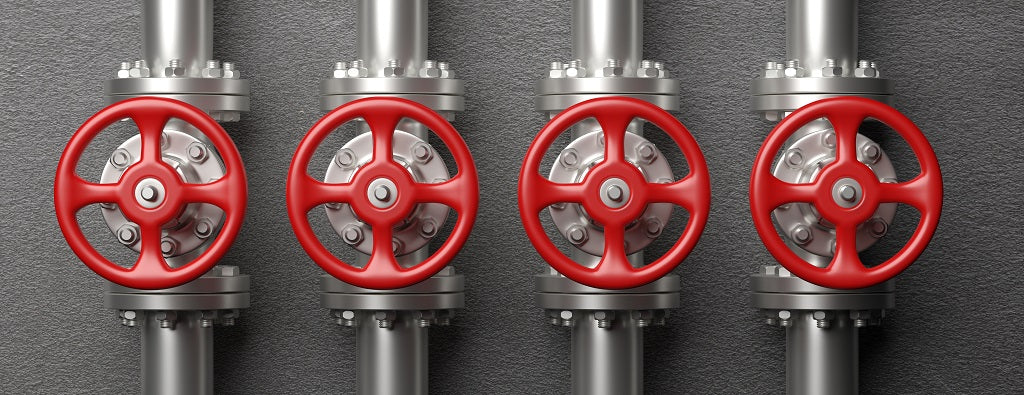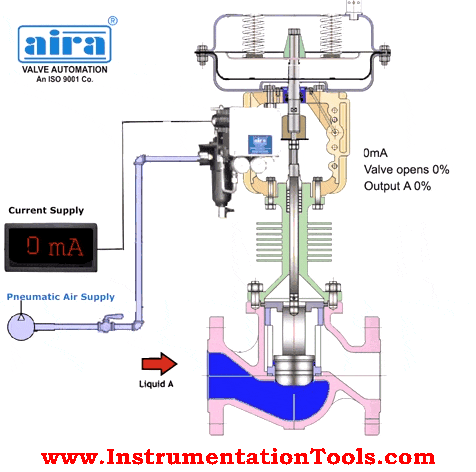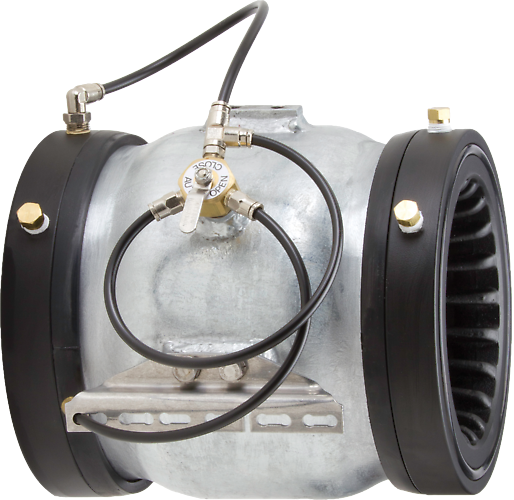Picking the Right Control Valves: An Overview to Optimal System Efficiency
Wiki Article

Maximize Energy Savings and Convenience With Advanced Building Automation Controls
In the realm of modern style and center monitoring, the assimilation of sophisticated building automation controls stands as a pivotal development. The merging of modern technology and sustainability has birthed a brand-new era where energy effectiveness, convenience optimization, and functional streamlining are no longer obtainable facts yet far-off goals. By using the power of automation, buildings can adapt, react, and develop in ways that were once unimaginable. The capacity for considerable energy savings and boosted convenience is not simply a promise however a possibility waiting to be fulfilled. This standard shift in structure monitoring holds the key to unlocking a globe where ecological conscientiousness and passenger health sympathetically coexist within the walls of our structures.Power Effectiveness Benefits
Power effectiveness benefits can dramatically minimize power consumption and operational expenses in buildings. By applying energy-efficient practices and technologies, building owners and drivers can attain significant savings while also adding to environmental sustainability. Among the key benefits of boosting power performance in structures is the reduction of utility bills. Energy-efficient systems, such as advanced building automation controls, can optimize using sources like heating, air conditioning, and lights, resulting in lower energy expenditures over time.In addition, boosted energy efficiency can lengthen the life-span of building tools and systems. By running much more efficiently, heating and cooling systems, lighting fixtures, and various other building components experience much less deterioration, resulting in lowered maintenance and replacement prices. Furthermore, energy-efficient structures frequently command greater building worths and rental prices, providing lasting financial advantages to proprietors.
Additionally, power efficiency can improve occupant comfort and performance. Appropriately managed indoor settings with ideal lighting and thermal conditions develop an even more conducive and enjoyable work space, causing boosted worker satisfaction and performance. In general, the energy effectiveness advantages connected with advanced structure automation controls are complex, incorporating price financial savings, ecological stewardship, and resident wellness.
Boosted Convenience Control
Enhancing convenience control in building environments requires a sophisticated combination of sophisticated automation systems for optimal resident health. By utilizing advanced structure automation controls, facilities can customize the interior atmosphere to satisfy the details demands and choices of occupants. These systems allow exact law of temperature level, lighting, and ventilation, creating a comfy and productive atmosphere. Resident satisfaction and efficiency are very closely connected to thermal convenience, making it important to have systems in position that can adapt to altering problems in real-time.By integrating these innovative controls, buildings can not just boost convenience but additionally enhance energy efficiency by optimizing system operations based on actual tenancy and usage patterns. Eventually, prioritizing occupant convenience through sophisticated automation systems leads to a much more delightful and much healthier interior setting.
Operational Performance Improvements

Additionally, the implementation of real-time surveillance and analytics tools enables structure operators to recognize energy inefficiencies and functional anomalies without delay. By constantly monitoring power usage patterns and system efficiency metrics, modifications can be made in real-time to maximize energy intake and guarantee peak functional effectiveness. control valves. In addition, integrating need reaction approaches into structure automation controls can further boost operational effectiveness by dynamically readjusting energy use based upon grid conditions and prices signals
Indoor Environment Optimization
Effective interior environment optimization is a fundamental element of structure automation controls, guaranteeing passengers' convenience and well-being while optimizing power cost savings. By making use of advanced sensors and controls, developing automation systems can continuously change and keep an eye on temperature level, humidity levels, air high quality, and air flow to develop an optimal indoor environment. Preserving comfy and constant problems not just boosts occupant fulfillment yet additionally enhances productivity and overall well-being.Indoor climate optimization also plays an important function in energy effectiveness. By fine-tuning air conditioning, home heating, and ventilation systems based upon real-time information and occupancy patterns, developing automation controls can considerably decrease energy consumption - control valves. Applying methods such as demand-controlled ventilation and thermal zoning can help decrease energy waste while making certain that each area of the building receives the essential conditioning.

Lasting Atmosphere Creation
Structure automation controls not just enhance interior climate conditions for power efficiency and owner comfort yet likewise lay the structure for producing a lasting atmosphere via tactical monitoring of systems and resources. By incorporating sophisticated structure automation innovations, such as sensors, actuators, and smart software application, facilities can keep an eye on and change power use in real-time to minimize waste and minimize their carbon impact. These systems make it possible for predictive upkeep, determining prospective issues prior to they intensify and maximizing tools performance to improve long life and effectiveness.In addition, lasting environment creation prolongs beyond power monitoring to include water preservation, waste reduction, and interior air high quality enhancement. Building automation controls can control water usage, identify leaks, and make sure appropriate garbage disposal methods, adding to total sustainability initiatives. Additionally, by managing and keeping an eye on ventilation and filtration systems, these technologies boost resident wellness and performance while lowering power consumption associated with a/c procedures.
Final Thought
Finally, advanced building automation controls offer significant advantages in regards to power financial savings, convenience control, operational efficiency, interior climate optimization, and creating a lasting setting. By executing these controls, buildings can achieve ideal performance while decreasing power consumption and improving resident comfort. It is apparent that making use of innovative automation innovation is crucial in improving building performance and producing a much more sustainable future.Energy effectiveness benefits can substantially lower power usage and operational expenses in structures. On the whole, the power performance advantages associated with sophisticated structure automation controls are diverse, encompassing price financial savings, environmental stewardship, and resident wellness.
Furthermore, integrating demand action methods into structure automation controls can even more enhance functional efficiency by dynamically changing energy usage based on grid conditions and pricing signals.
Structure automation regulates not just optimize indoor environment conditions for power effectiveness and resident convenience yet likewise lay the foundation for developing a lasting setting via calculated administration of sources and systems.In conclusion, advanced building automation manages offer significant benefits in terms of energy financial savings, like this comfort control, functional performance, indoor environment optimization, and developing a lasting environment.
Report this wiki page